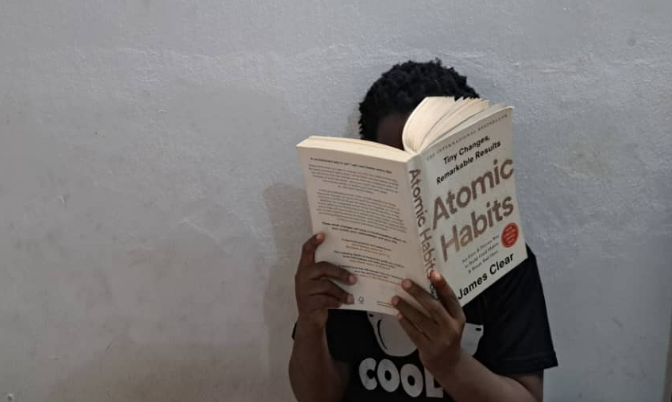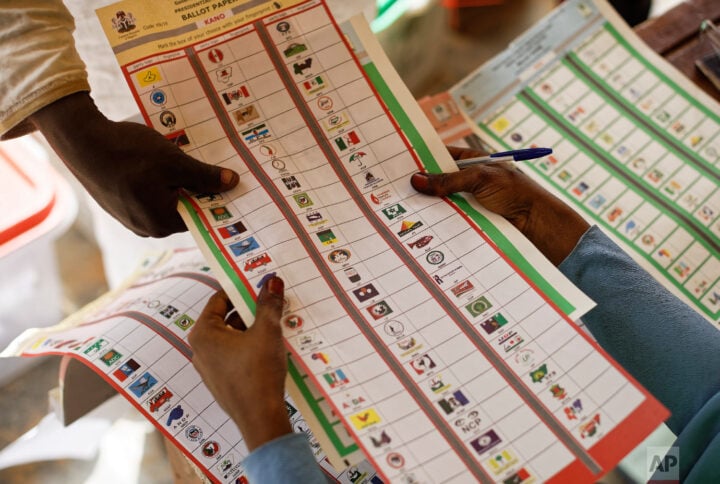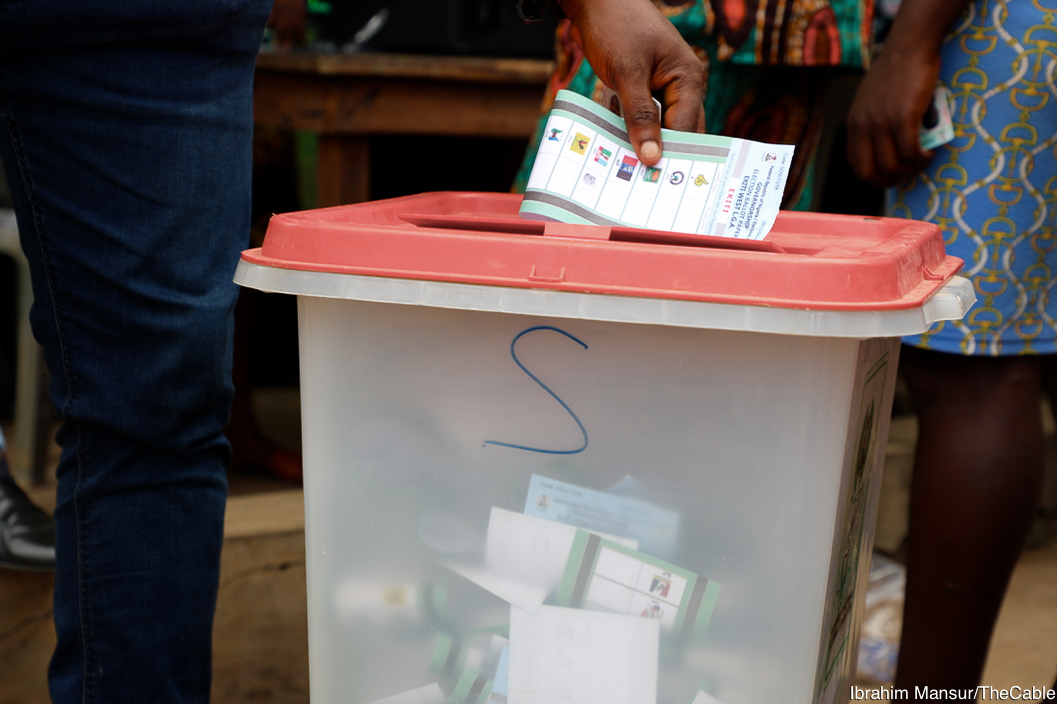Atomic Habits is a book that teaches you how to create and follow good habits and stop bad ones. According to James Clear, the author of the book, there are four parts of a habit experience.
The first part is the cue, and the next comes the craving. The cue is what starts the habit chain. It signals when to start the habit. For instance, when you see your phone, it could be a cue that tells you to start looking at your social media pages. For each part of a habit, there are rules to make it easier to start a good habit and an inverse rule that makes it easier to end bad ones. The rule for the cue part of a habit is: Make it obvious. If you can see the cue all the time, you are more likely to start the habit. The inverse version of the rule is: Make it invisible. If you can’t see the cue, you won’t have the urge to do whatever bad habit you are trying to stop.
After the cue comes the craving. The craving makes you want to do something. For instance, when you see your phone (the cue) you feel the urge to start checking social media. The rule of the craving part of a habit is: Make it attractive. You are likelier to carry something out if something sounds fun or exciting. The inverse rule is: Make it unattractive. This means, making it look bad, not fun. That way, you wouldn’t crave it.
The next two parts are the response and reward. The response is the action you take. For instance, if you see your phone(cue) you want to check social media(craving) then you check social media. Checking social media is a response to the first two stages. The rule for the response part of a habit is: Make it easy. People love to do easy things. It means less stress. The inverse rule is: Make it hard. Nobody likes to do hard things. Would you do it if you had to get through three passwords before accessing social media? I don’t think so.
Advertisement
Last but not least, we have the reward stage. The reward stage is a good feeling that is caused by the response. For instance, you see your phone (cue), want to check social media (craving), check social media (response), and then feel good. That feeling is what makes bad habits so hard to break, but it can also make good habits easy to follow. You might want to get fit, so you ride your bike. And riding your bike feels good so you do it again.
The rule for the reward stage is: Make it satisfying. If you thought banana peels tasted like ice cream or pizza, you would want it all the time. The inverse rule is: Make it unsatisfying. People do not eat banana peels like ice cream because banana peels taste bad. Apart from eating banana peels, the reward can be very important in more plausible scenarios. The difference between going to the gym every day or quitting before the week is over could be, whether, at the end of your session, you think about how buff you’re getting or how long you’re going to shower for when you get back home.
Advertisement
Views expressed by contributors are strictly personal and not of TheCable.







